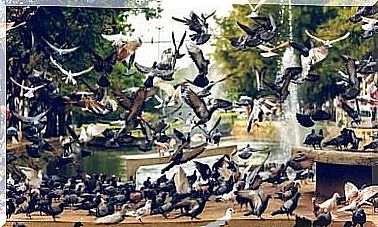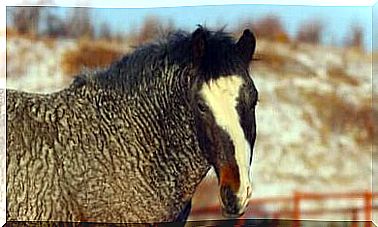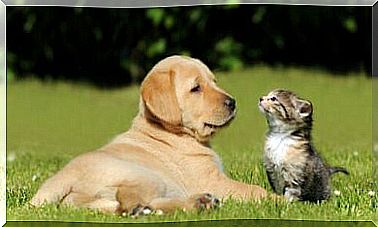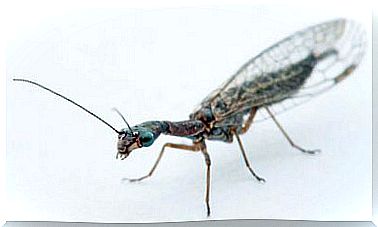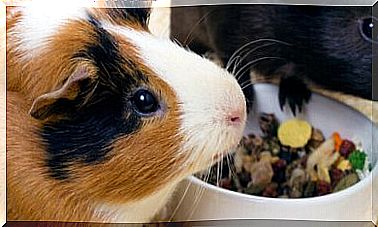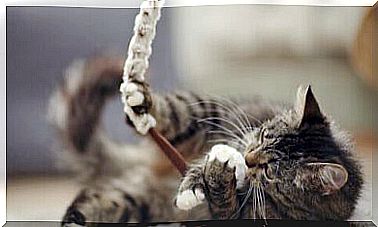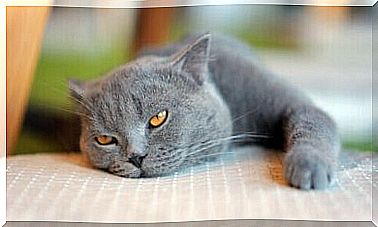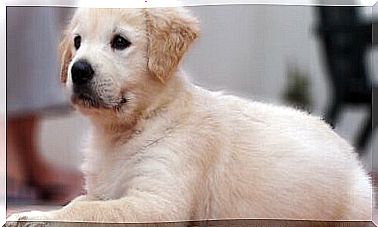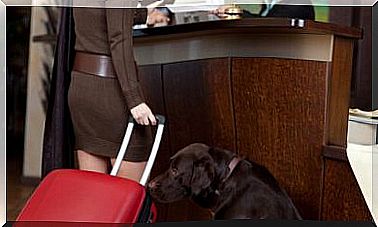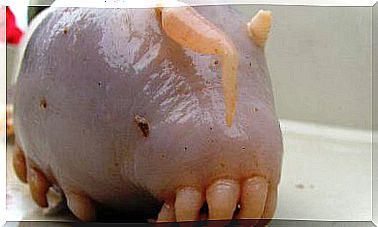The Pyrenees Mastiff
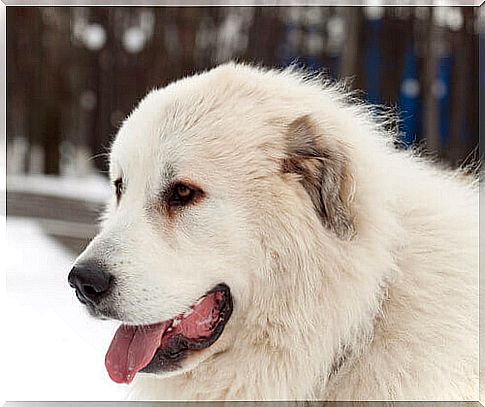
The Mastiff of the Pyrenees is a breed of Spanish origin traditionally used to guard the herds. The International Cynological Federation officially classifies it as molosso. With extremely powerful and proportional musculature, this dog acts as a protector against animals such as the wolf and the bear.
Origins of the Pyrenees Mastiff
As a faithful ally of the Mountain Shepherd, the main role of this breed was to guard herds. In the region of Aragon, Spain, his daily life included long journeys from the Aragonese Pyrenees to the region of Maestrazgo. Due to its dimensions, however, maintaining it was very expensive. This was the reason why race almost disappeared after the Civil War, with the crisis of the time and post-war.
How, then, could this Mastiff survive to this day? Rafael Mau Alcrudo, Daniel Llorens Guerreiro and Jaime Graus Morais, in love with dogs and, more specifically, with this breed, decided in 1977 to found the Clube do Mastim dos Pireneus, in Spain. Affiliated with the Royal Canine Society of Spain, its primary objective is the conservation, improvement and assisted reproduction of the animal.
With the aforementioned post-war crisis, its genetic heritage became impoverished with the practices of miscegenation. Thus, their survival as a pure race was threatened. With the foundation of the club, the few pure dogs that ran free on the field and formed the basis for the recovery of the breed gathered. Nowadays, it is a breed known and respected internationally. Not only thanks to the club originated in Spain, but also to many others located throughout Europe and the United States.
Appearance and proportions
With a very strong and robust body, it combines the power of a mountain dog with the flexibility and agility characteristic of its breed. His chest is broad, muscular; its fur is thick and thick, it has musculature worthy of a bear. The physiognomy of the Mastiff of the Pyrenees is characteristic of a breed used to physical work and the defense of the herd.
As for its color, its coat is usually white, with the characteristic mask. The spots that may have spread throughout the body will be of the same color and well marked. For breeders, neither tricolor nor completely white specimens are desirable. Among the most appreciated colors, we find, in order of preference, the following:
- Pure white or snow white, with medium gray spots
- Intense yellow gold
- Brown
- black
As for size, it doesn’t seem to have an upper limit. The bigger the Mastiff, the better. With a minimum height of 77 centimeters for males and 72 centimeters for females, the dog can reach a spectacular height. Not only that, breeders appreciate that males are at least 81 centimeters tall. As part of the molossos family, its broad structure, drooping ears and abundant coat give it a good-natured and harmless appearance.
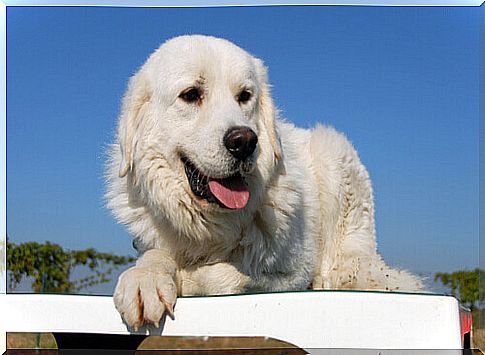
an affable molosso
Despite its imposing appearance, this Mastiff has a gentle and affectionate character. As a guardian dog, it is also ideal. It never backs down from threats and is loyal to its owner. His intelligence and authority give him a respectable presence among other dogs, although he does not generally show an aggressive behavior.
His combat skills are the result of centuries of fighting the wolf. Its bark is low and territorial, capable of sounding the alarm in open spaces. As a family dog, it will be respectful to children and faithful to its owner, even if it needs open spaces and lots of exercise.
care
As a large breed, the Pyrenees Mastiff has an important history of hip dysplasia and stomach torsion. The latter condition is especially serious and potentially deadly. It usually occurs in large breeds with deep chest and distended stomach. This region is where gas accumulates until the ligaments give way and put pressure on the spleen, which distorts the intestine.
Pain and inflammation in the abdominal region, as well as abnormal and restless behavior, are the most visible symptoms. A regular check-up done by a veterinarian is advised for this breed, whose gigantic body can generate multiple problems.
